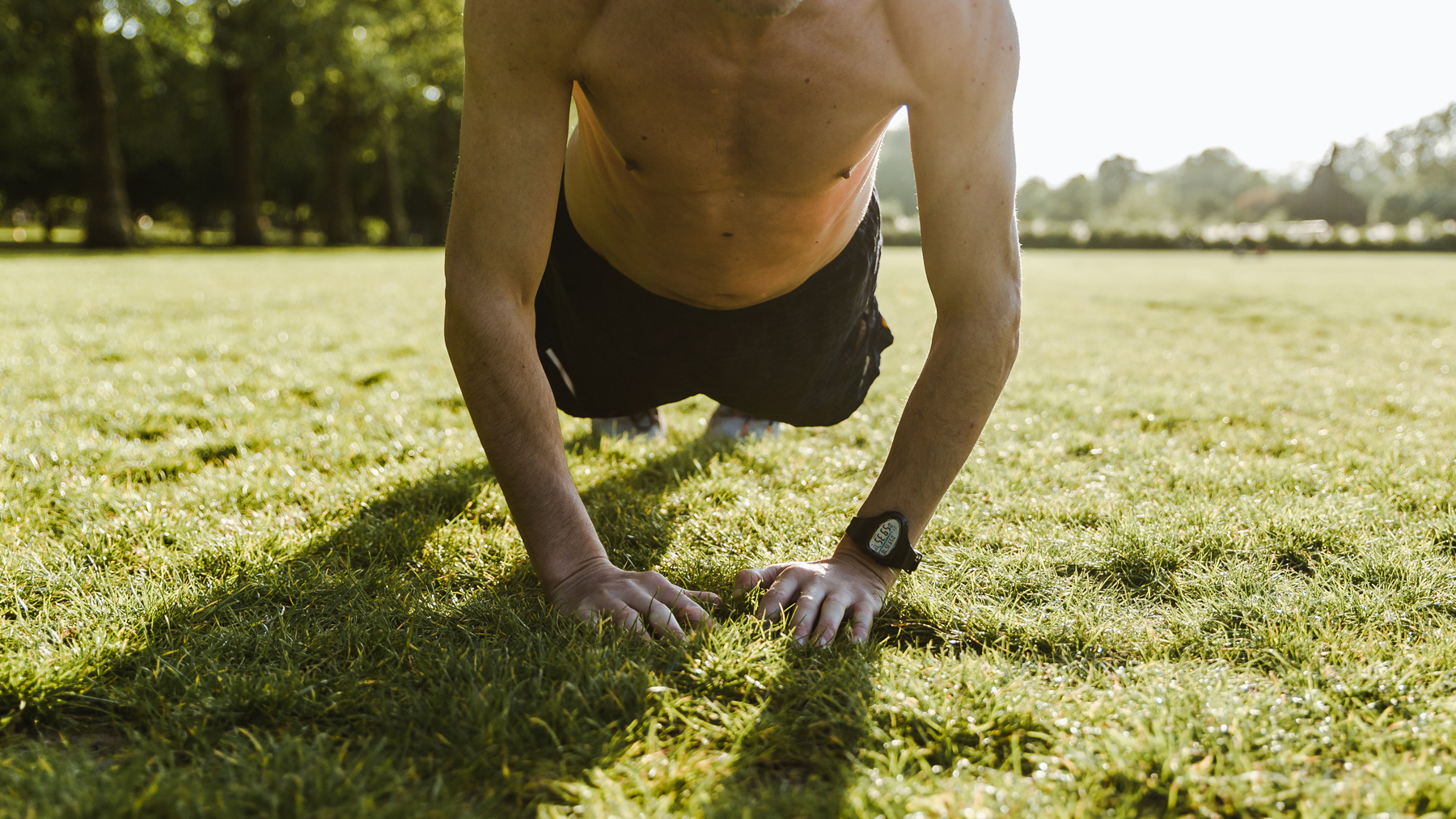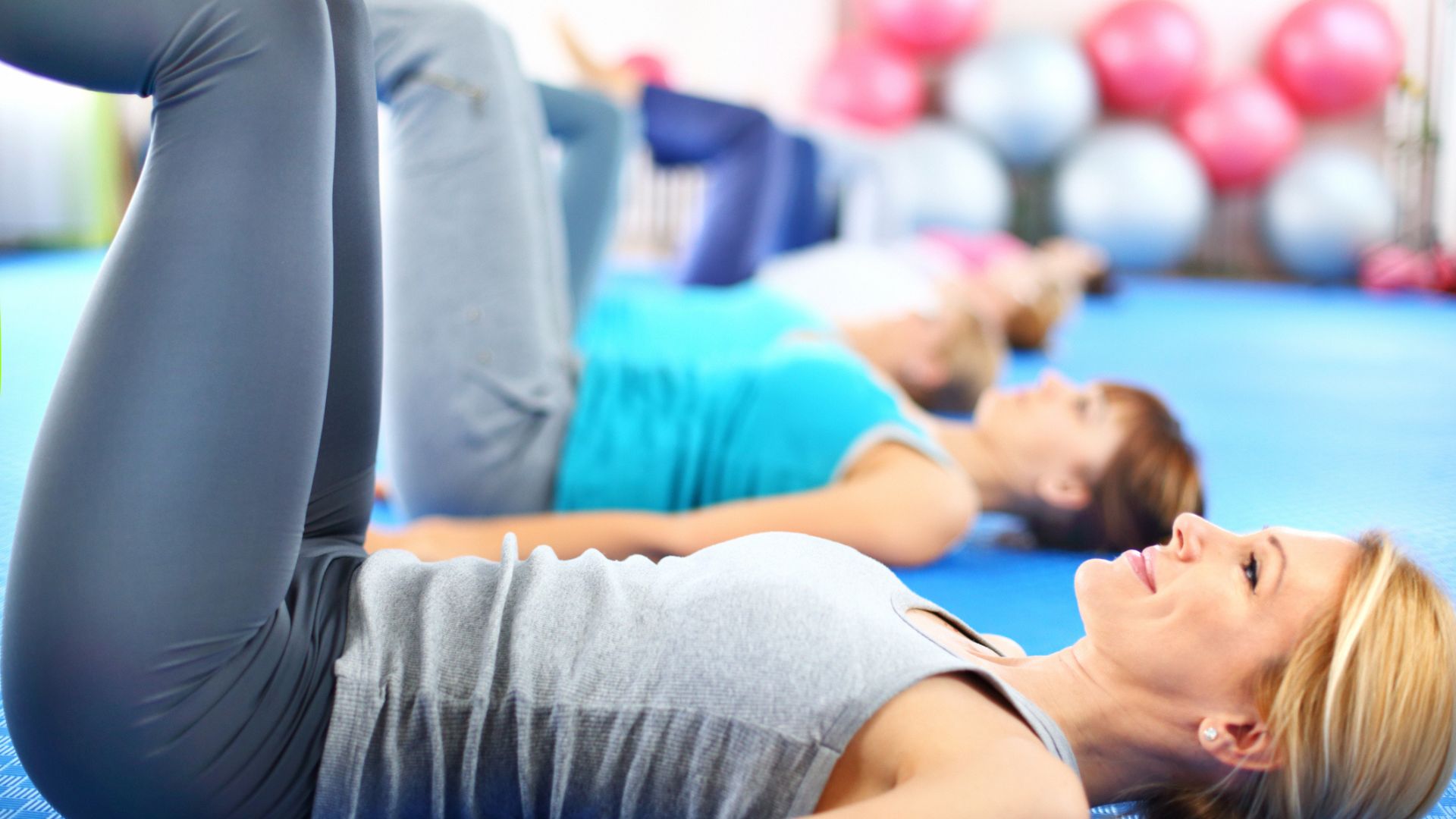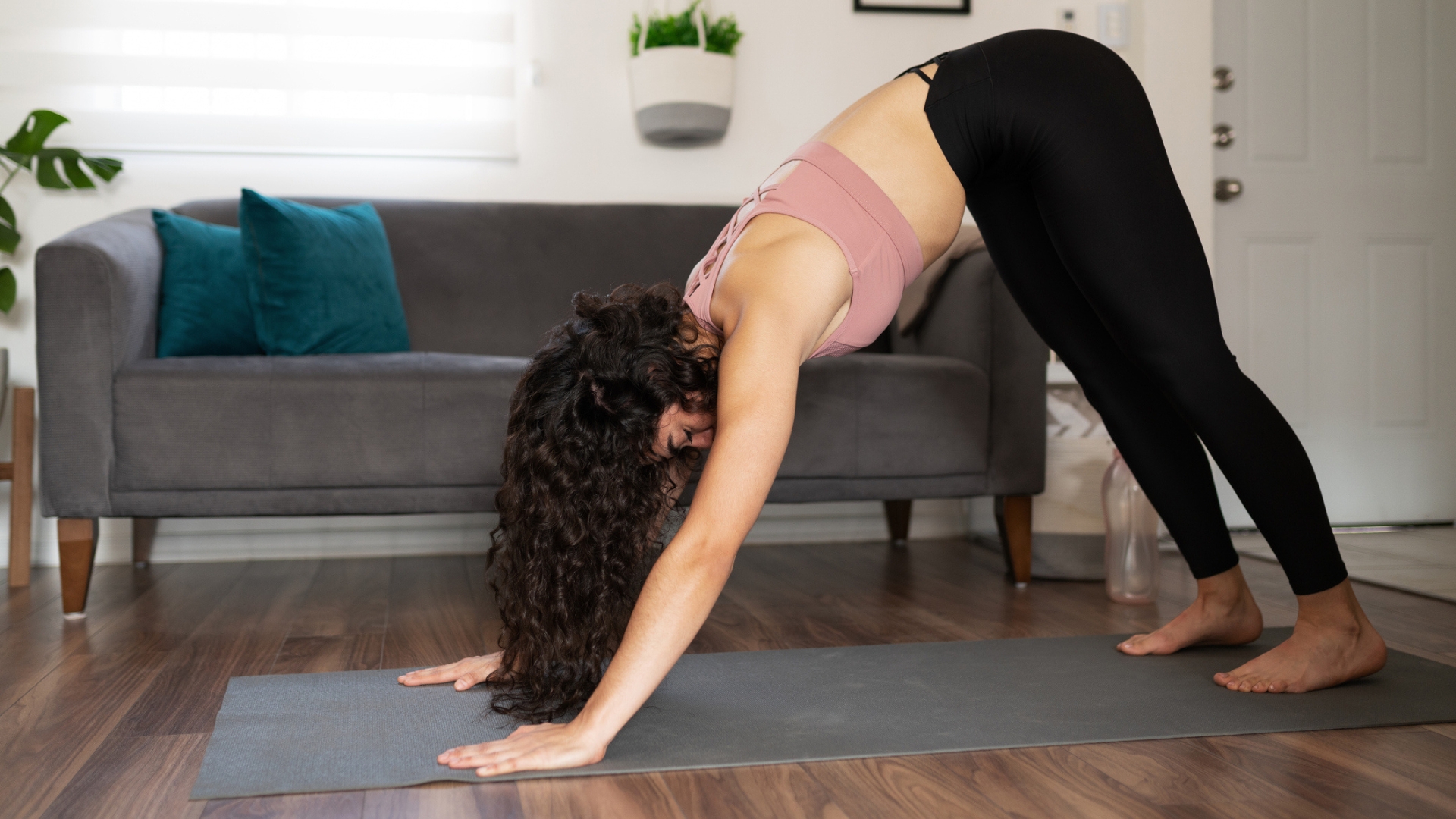You only need 15 minutes to train your core and build ab muscle with this workout
This short routine builds muscle in your core, which can improve posture and add definition to your ab muscles


We get it, ab workouts burn and can feel quite unvaried, especially if all you do is planks and sit-ups. Before you give up on training your abs altogether, give this short no equipment core routine a shot. It only takes 15 minutes to complete and includes a diverse range of moves to target your abdominal muscles.
This routine includes a selection of core strengthening exercises that will help the muscles in and around your torso to work in harmony. When this happens, things like balance, posture and stability all start to improve as well. You will also engage your abs during these moves leading to greater definition in your midsection.
The routine is led by Sophie van Oostenbrugge, also known as Gainsbybrains, and includes a range of exercises used in some of the best workouts for abs but with slight twists to them.
You will perform each exercise for 45 seconds and take 15 seconds rest in between each move. As it's a floor-based workout you will want to place something with extra padding beneath you to protect your back. Ooostenbrugge is lying on top of one of the best yoga mats in her workout video but you could use a thick towel or blanket if you don't own a workout mat.
Watch Gainsbybrains 15-Minute Ab Workout
As much as people have aesthetic fitness goals, like carving out a chiseled stomach area, there are really great physical benefits of training your core regularly. For example, having a stronger core can prevent back pain. One study published in the Journal of Biomechanics looked into what may cause back pain in runners and found that those with weak core muscles are at a greater risk of developing low back pain.
Essentially, what they found is that weak deep core muscles force your abs to work harder during exercise but these more superficial muscles tire out quicker, then the load on your spine is increased and potentially can lead to low back pain.
Your abs are just one muscle group, whereas your core accounts for various muscles in and around your torso and so it's beneficial for you to work your core and abdominal muscles in your workout regime.
The study mentioned earlier highlights how a strong midsection can enhance sports like running but the performance and injury boosting potential of core training doesn't end there. It can also enhance your weight training, for example when you perform compound exercises such as a squat or a deadlift, stabilization of the core is essential.
If you are inspired to develop more noticeable definition around your abs and aren't seeing visible results from doing ab workouts, you may need to lose some body fat first. Including a HIIT workout for fat loss into your regime and being more mindful of what you eat can help. But it's important to note that everyone has different genetics and body compositions so not everyone will gain the same results from one diet or workout regime.
Get the Fit&Well Newsletter
Start your week with achievable workout ideas, health tips and wellbeing advice in your inbox.
Jessica is an experienced fitness writer with a passion for running. Her career in journalism began in local news and she holds a Masters in journalism. Jessica has previously written for Runners World, penning news and features on fitness, sportswear and nutrition.
When she isn't writing up news and features for Fit&Well covering topics ranging from muscle building, to yoga, to female health and so on, she will be outdoors somewhere, testing out the latest fitness equipment and accessories to help others find top products for their own fitness journeys. Her testing pairs up nicely with her love for running. She recently branched out to running 10Ks and is trying to improve her time before moving on to larger races. Jessica also enjoys building on her strength in the gym and is a believer in health and wellness beginning in the kitchen. She shares all of this on her running Instagram account @jessrunshere which she uses for accountability and for connecting with like-minded fitness lovers.
-
 A Pilates instructor says this is the beginner-friendly core exercise everyone should try
A Pilates instructor says this is the beginner-friendly core exercise everyone should tryForget crunches, this is the perfect foundation move
By Alice Porter Published
-
 Prevent poor posture and release tension from sitting down with these four simple stretches from a yoga instructor
Prevent poor posture and release tension from sitting down with these four simple stretches from a yoga instructorThe daily poses he swears by, no matter what
By Alice Porter Published